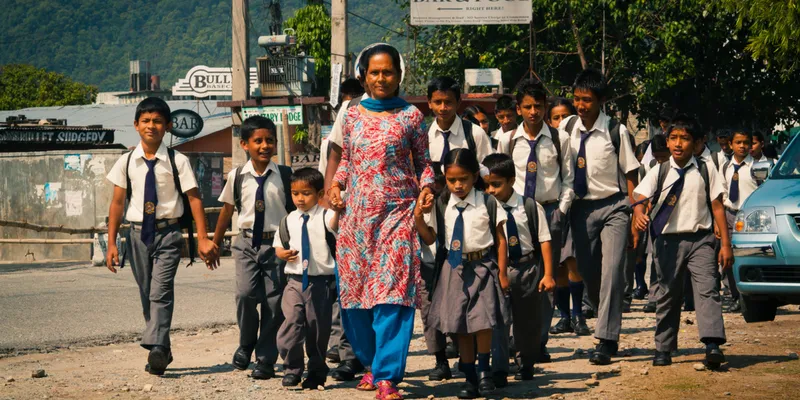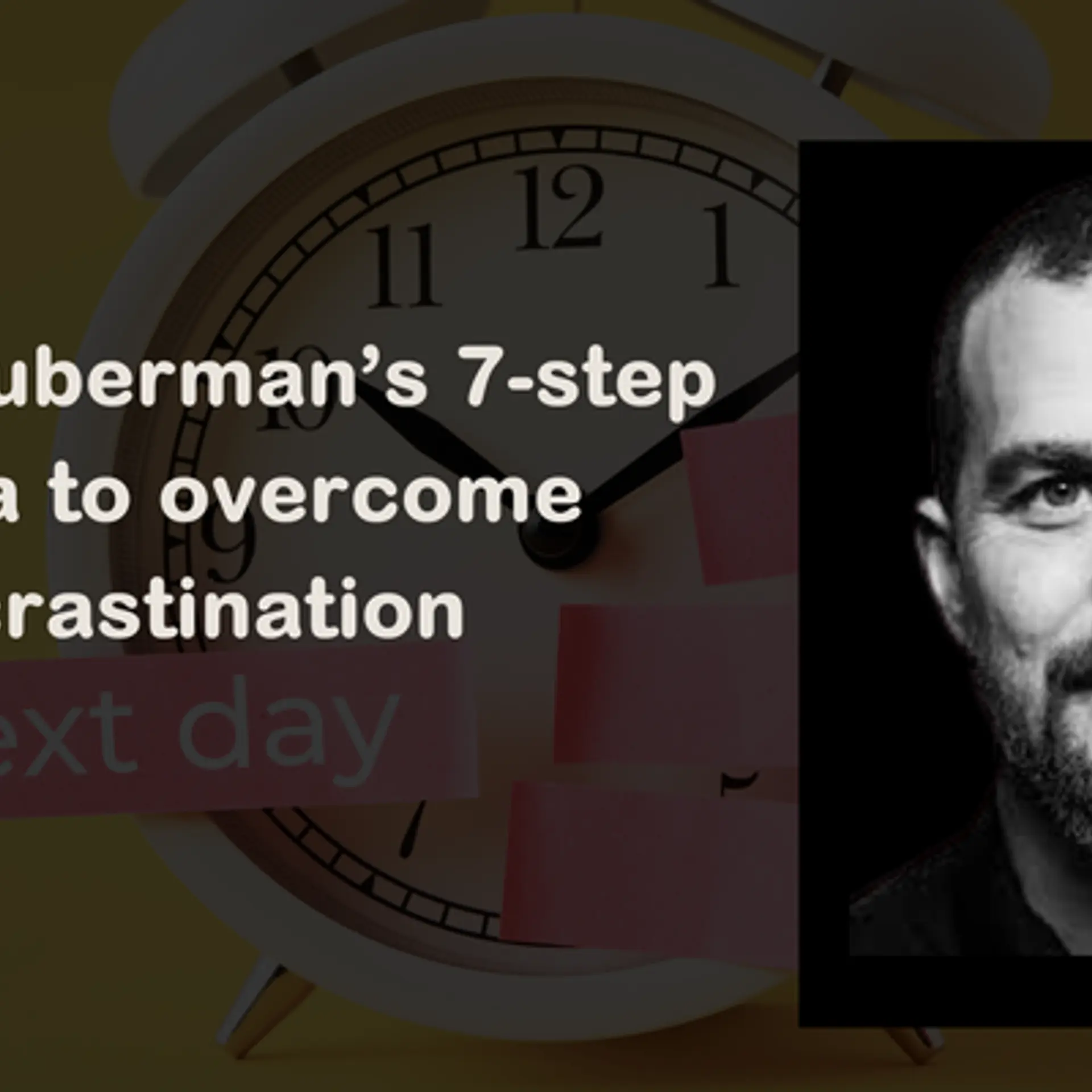What needs to be done to improve India's public education system?
India’s vision of being a world leader in the 21st century is unlikely to be realized without an education system that keeps abreast with the needs of our future citizens.

Today, India has approximately 250 million children going to about 1 million schools and 30 to 40% of these students are enrolled in private schools. While in 2001, only 18% of Indian children were enrolled in private schools it is estimated that by 2025, 75% students will opt for them, if the current trend of disillusionment with government schools continues.
In most nations, the state takes responsibility to educate children. In UK 93%, in USA 92%, in Finland 98% and in Sri Lanka 97% of the children are enrolled in public schools. Private schools across the world have been the preserve of the elite, who believe that the mass public school education system does not meet the all-round development needs of their children, who were born privileged; and are expected to live in privilege.
Why is the Indian story so drastically different then?
Since 2000, the government has initiated two landmark educational reforms, first with the Sarva Shiksha Abhiyan (SSA) and then with the Right to Education Act (RTE). While these reforms have been successful in raising the enrolment numbers, which is almost 100% currently; they have failed to address the issue of quality. Any educational system should rest on three pillars – Access, Equity and Quality. India has been able to successfully address the first two with much success, the third pillar, however, requires attention.
It is the government’s fundamental duty to run free and high-quality schools as mandated by the Right to Education Act 2014. However, Indians seem to have lost their belief in public schools because of abject educational delivery across most states. With lesser number of gifted individuals opting to teach and inadequate infrastructure, the teacher-student ratios continue to drop. Moreover, the school system fails to address the issue of employability.
The gargantuan scale of the problem is something that is unlikely to be corrected just by sporadic policy intervention. The education system needs to be restructured altogether. Let’s examine some solutions that can help India achieve the end goal of efficient educational delivery.
- Improve accountability – Across Indian states, the performance of students in board exams continues to remain abysmal. In Punjab, there are schools where not a single student passed their Class X examination; in Himachal Pradesh only one, out of the 80,000 students who cleared, found a place in the distinction list and in Haryana the pass percentage has stagnated at 49%. None of these public schools were called upon to account for the low performance of their students. In the absence of a risk-reward system, the teachers’ incentive to improve student performance remains a matter of individual choice rather than a fundamental duty.
- Public-Private partnership and collaborative efforts - One way to correct the massive vacuum of quality in education is through privatising. Private enterprises, to survive market forces and to scale in size, need to consistently deliver high quality education and at a competitive price.. Schools that don’t deliver on quality or price won’t survive and parents will choose other schools if regulatory mechanisms allow for rapid expansion of private enterprise. Unfortunately, the regulatory mechanism in our country continues to restrict private intervention as education is a “not-for-profit” field. This in turn leads to loss of opportunity for public-private collaboration. Countries like the United States, Canada, England, Germany and Australia, have Charter schools or Academies, which are funded by the government but run by private bodies and they maintain the highest standards of accountability. A similar system could potentially revolutionize the Indian education space.
- Skills and employability - The student dropout rate at the secondary level is staggering. The prime reason for this is that students, especially from low income families, feel that a high school education will not help them get a job. That could change with the introduction of vocational studies at the higher secondary level. Subjects like retail, hospitality, nursing etc. should be taught at the +2 level rather than allowing students to continue studying general subjects until their undergraduate education.
India’s vision of being a world leader in the 21st century is unlikely to be realized without an education system that keeps abreast with the needs of our future citizens. There is a strong case for public-private partnerships in education which will unleash the true potential of Indian citizens in a competitive climate. Clear guidelines and an audit and accountability mechanism is necessary for such an endeavour to succeed.
To quote the Prime Minster, “Enabling, rather than regulating” is the need of the hour. Otherwise we are falling in a deep, deep abyss in school education.
Enter the SocialStory Photography contest and show us how people are changing the world! Win prize money worth Rs 1 lakh and more. Click here for details!







